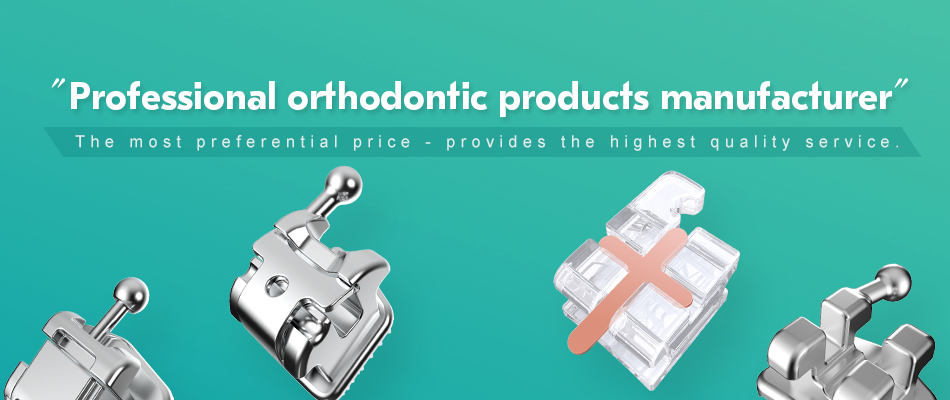Ⅰ. Product definition and basic characteristics
Ligature Ties are key consumables used in the fixed orthodontic system to connect arch wires and brackets, and possess the following core characteristics:
Material: medical-grade latex/polyurethane
Diameter: 1.0-1.5mm (in unstretched state)
Elastic modulus: 2-4 MPa
Color: Transparent/Milky White/Colorful (Over 20 Options to Choose From)
Tensile strength: ≥15N
II. Mechanical fixation function
Archwire positioning system
Provide an initial fixing force of 0.5-1.2N
Prevent the archwire from sliding and displacing
Maintain the bracket slot in full position
Friction control
Traditional ligation friction: 200-300g
Elastic ligation friction: 150-200g
Self-ligating bracket friction: 50-100g
Three-dimensional control assistance
Affect torque expression efficiency (±10%)
Assist in rotational correction
Participate in vertical control
III. Clinical core role
Mechanical fastening expert
The anti-dislocation strength of the archwire is ≥8N
The duration of action is 3-6 weeks
Adapt to various bracket systems
Mechanical regulation medium
Adjust the corrective force by adjusting the tightness of the ligation
Differential ligation achieves selective movement
Coordinating with various orthodontic techniques (such as Tip-Edge)
Aesthetics and psychological assistance
Colorful designs enhance adolescents’ compliance
The transparent style meets the aesthetic needs of adults
Color-code the treatment stages
IV. Special application technology
Differential ligation method
Tight ligation of anterior teeth/loose ligation of posterior teeth
Realize differentiated control of anchorage
Save 1mm of anchorage per month
Rotational correction technology
8-shaped ligation method
Use in conjunction with a rotary wedge
Efficiency increased by 40%
Segment bow system
Regional ligation fixation
Precise control of tooth movement
It is particularly suitable for local adjustments
V. Clinical operation specifications
Ligation technique
Use a dedicated ligation forceps
Maintain a 45° approach angle
Rotate 2.5-3 turns to secure
Force control
Avoid excessive stretching (≤200%)
Ligation force: 0.8-1.2N
Regularly check the slackness
Prevention of complications
Plaque accumulation (incidence rate 25%)
Gum irritation (modified ligation method)
Material aging (influence of ultraviolet radiation)
VI. Direction of technological innovation
Intelligent response type
Force value indication changes color
Temperature regulation flexibility
Clinical research stage
Functional composite type
Fluoride-containing caries prevention type
Antibacterial and anti-inflammatory type
Products already on the market
Environmentally friendly degradable type
Plant-based materials
8 weeks of natural degradation
R&D testing phase
VII. Expert usage recommendations
“The ligating loop is the ‘micro-mechanical adjuster’ for orthodontists. Suggestions:
Initial fixation uses the standard type
When sliding, switch to a low-friction type to meet demand
Systematic replacement every 4 weeks
“In conjunction with digital force value monitoring”
– Technical Committee of the European Orthodontic Society
As a fundamental component of fixed orthodontic treatment, the ligating wire fulfills the dual function of mechanical fixation and mechanical adjustment through its ingenious elastic properties. In modern orthodontic practice, the rational application of different types of ligating wires can enhance orthodontic efficiency by 15-20%, serving as a crucial guarantee for precise tooth movement. With the advancement of material technology, the new generation of ligating wire products will continue to maintain their core functions while evolving towards intelligence and functionality, providing more reliable support for orthodontic treatment
Post time: Jul-25-2025


